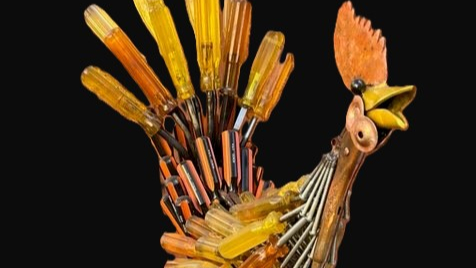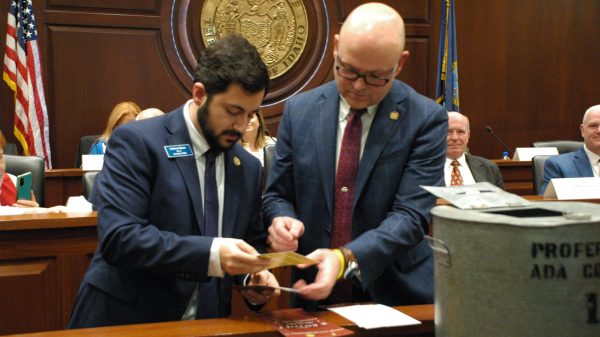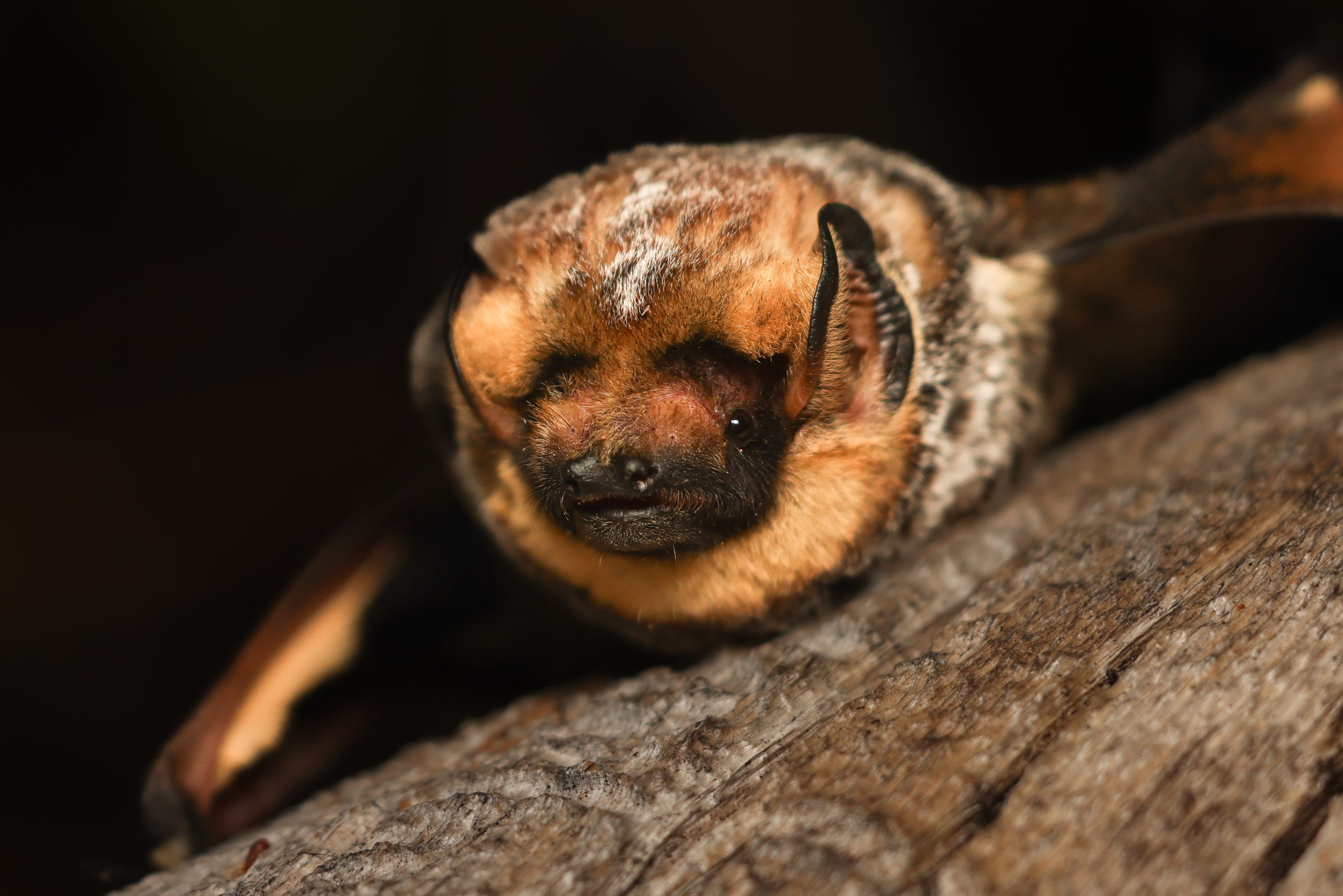(Ashland, OR) Hoary Potter, the hoary bat from Oregon, has won his final duel.
On Halloween—the last day of International Bat Week—he defeated Lestat, the western small-footed bat from Idaho, in the final round of the 2024 Bat Beauty Contest.
This victory marks the third year in a row a bat from Oregon has taken first place in the Bureau of Land Management contest.
Emma Busk, BLM wildlife technician, says she hopes the event has inspired more love for these winged creatures of the night.
“I took the photo of Hoary Potter, but all bats are the real winners,” she told the Washington Post.
Each October, the BLM hosts a beauty contest to find the most stunning bat photographed on BLM public lands across the county. The event begins on October 24 and ends on Halloween. It also coincides with International Bat Week, which raises awareness about bat conservation and the essential role bats play in the natural world.
The BLM manages more than 245 million acres of public land, located primarily in 11 western states and Alaska. Those other states are working hard to end the batty three-peat. You can help Oregon bring home the crown by voting on the BLM National Facebook page or the BLM National Instagram page.
Last year, William ShakespEAR, a female Townsend’s big-eared bat from Butte Falls, took home the crown on the afternoon of October 31. During the final round, she beat out Gizmo, an Allen’s Big-Eared Bat. William was photographed by Emma Busk, BLM wildlife technician.
The year before, the BLM crowned Barbara, a canyon bat from Lake County, the 2022 Bat Beauty Contest Winner. Barbara was photographed by Kate Yates, BLM wildlife biologist.
Both of this year’s bats were photographed by Busk.
“It’s important that we fact check what we think we know about bats,” said Busk. “There are a lot of myths around bats, but they’re amazing wildlife and they contribute so much to our ecosystem.”
Bats play an essential role in Oregon. All bats in the Pacific Northwest are insectivorous, meaning they rid our world of pests like mosquitos, beetles, and moths. Just one bat can eat up to 1,200 mosquitoes in an hour!
Want to do your part? As we head into winter, avoid exploring mines and caves where bats may be hibernating.
“In your own backyard, you can have a bat house!” said Emma. “It’s a shelter that helps protect bats during the winter. You can also make your garden more bat friendly by planting native flowers to attract insects and turning off any unnecessary lights. Light pollution is not great for bats.”



















































